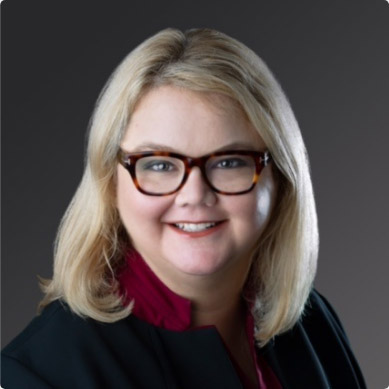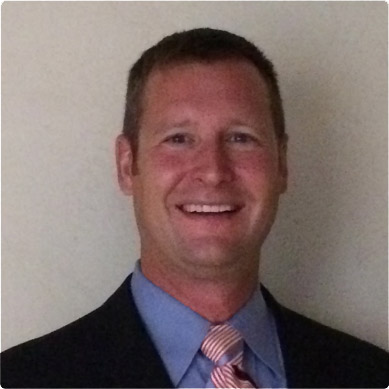
The diversity, equity, and inclusion (DEI) strategy is a critical extension of Sedgwick’s commitment to environmental, social, and governance (ESG) initiatives. Creating and supporting employee resource groups or colleague resource groups (CRGs) — as they’re known at Sedgwick — is also a way to achieve the organization’s caring counts philosophy that everyone deserves to be welcomed, valued, respected, and heard.
Definitions
Programming for CRGs, which are global, cross-functional, colleague-led groups, has been going on for decades. The groups help raise awareness, foster colleague engagement and inclusion, and build a sense of community and belonging to support the DEI strategy. The groups, which have executive champions and budgets to fund operating needs and objectives, focus on providing valuable contributions in four key areas:
- Professional development
- Business engagement
- Community outreach
- Membership engagement
CRGs in Action
Sedgwick has seen early success with its Women’s CRG and mentoring circles. With nearly 20,000 female colleagues (65% of total global colleagues), the organization is continually working to ensure a fair and inclusive work environment with equitable access to opportunities.
To demonstrate the broad base of support for this CRG, its leadership comprises men and women who represent a cross-section of geographies, business lines, and management levels.
Following a successful launch, Sedgwick began piloting mentoring circles under the Women’s CRG umbrella. Six to eight colleagues meet regularly with a mentor to share experiences and focus on personal and professional growth and development. Mentors were selected from the organization’s high-performing leaders, who demonstrate passion for developing fellow colleagues and advocate for diverse perspectives, inclusive actions, and equitable access to development opportunities. Each mentoring circle meets five times every three weeks for 45 to 60 minutes in the pilot program.
Emphasis is placed on these topics and skill sets, though each circle mentor has the freedom to adapt relevant content based on member interest and feedback:
- Communication: Gaining exposure to the basics of public speaking, communicating with team members and clients, and active listening skills
- Financial acumen and strategic planning: Learning the basic financial skills used to make fiscally sound decisions and direct organizational actions
- Career planning: Setting career goals that align with individual aspirations and identifying steps to achieve them
- Refreshing your career after taking time off: Rebuilding networks and confidence, refreshing skills, and becoming reacquainted with the industry
- Negotiation: Identifying the essentials of negotiations and how to tap into strengths and skills to achieve intended outcomes
- Innovation mindset: Identifying steps to encourage breakthroughs, push boundaries, and inspire unique perspectives
Sedgwick continues to roll out additional CRG programming, including an LGBTQ+ CRG that was introduced as part of the Pride Month celebration to help colleagues feel a sense of belonging so they can thrive as their authentic selves.
Benefits
Sedgwick CRGs are designed to be mutually beneficial. Colleagues benefit from expanding their professional networks, developing leadership skills, and building relationships across cultural and business lines and geographies. This sense of community is especially important in the wake of isolation from COVID-19. Sedgwick benefits from improved engagement and retention, increased awareness and knowledge about DEI, and execution of DEI objectives. Demonstrating advancement of and commitment to these goals also elevates the Sedgwick brand in the community and as an employer of choice.
Participation in CRGs is voluntary and open to all Sedgwick colleagues, regardless of personal identity, demographic, or position. Colleagues are expected to prioritize job responsibilities over CRG participation, receive approval from managers prior to participating, and use good judgment as it relates to the ability to meet work commitments and deadlines.
Establishing CRGs
While Sedgwick continues to fine-tune its approach, the organization’s DEI team has identified these essential steps for establishing groups:
- Apply and obtain approval. Sedgwick offers CRGs across different diversity dimensions and welcomes suggestions for new groups. Colleagues interested in creating CRGs submit applications to the DEI team. Consideration is given to groups that align with the company’s guiding principles and strategies, help raise DEI awareness, foster colleague engagement and inclusion, and build community and a sense of belonging.
- Identify leadership. To ensure accountability and success, each CRG has designated leadership roles. Leaders must be committed to guiding group efforts and engaging members. Required positions include an executive champion, co-chairs, and chapter leads; committee leads are optional.
- Develop a charter. Each CRG is required to submit a charter to the DEI team within the first 30 days of formation to document the group’s value proposition. It should include the mission, structure, and guidelines for how it will function.
- Create a business plan. Groups must submit business plans to the DEI team within the first 60 days of formation to help develop, communicate, and measure clear and aligned goals and objectives. It should include high-level goals for the year.
- Establish a cadence. CRG leaders should work with executive champions to review goals and metrics, plan future activities, and discuss challenges that affect the group. And group leaders should share best practices with one another and the DEI team.
- Build and sustain engagement. One of the main priorities for CRGs is colleague engagement and participation. Membership is nonexclusive and voluntary.
- Set goals for the year. CRG leaders are provided with tools and resources to accomplish this. The executive champion and co-chairs prepare an annual budget and submit it to the DEI team for consideration each year.
CRGs provide a meaningful way for organizations to support and engage valued colleagues, who fuel the economy and produce the goods and services that everyone enjoys, and to recognize that they are human beings with individual needs, preferences, desires, and goals. Sedgwick CRGs are designed to tap into these interests and needs while elevating engagement, performance, satisfaction, and overall colleague experience.
Don’t miss the article, ERGs Help Break Down Mental Health Stigma by Engaging and Supporting Employees, that illustrates a successful example of one employer’s investments in employee resource groups that dates back to the 1970s.











